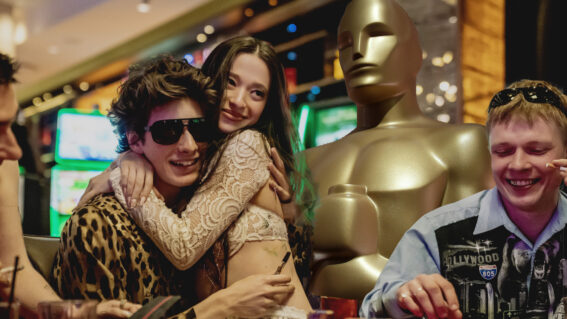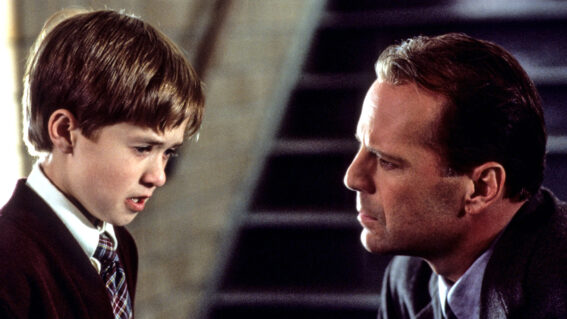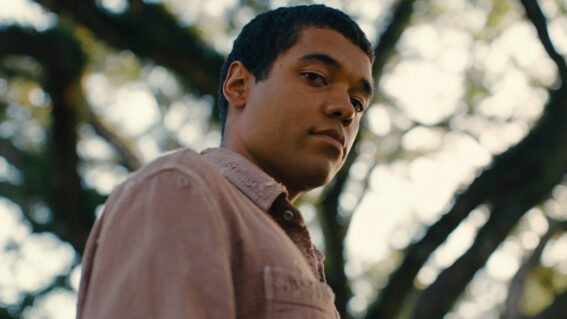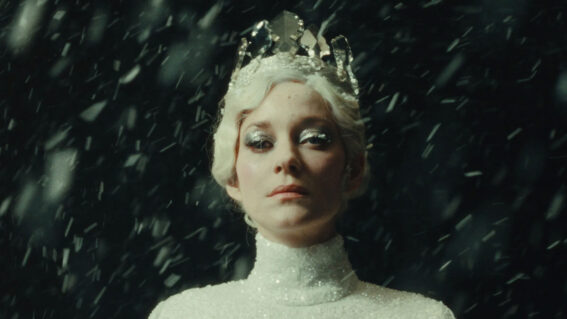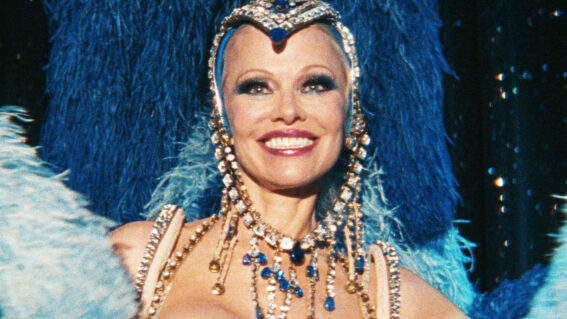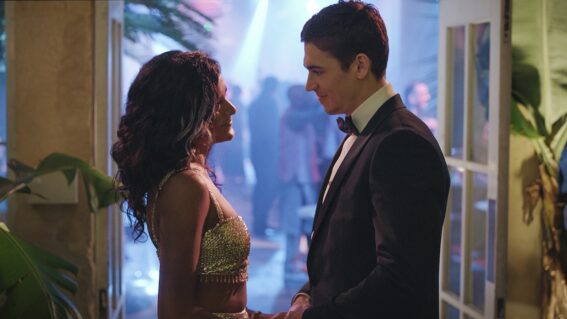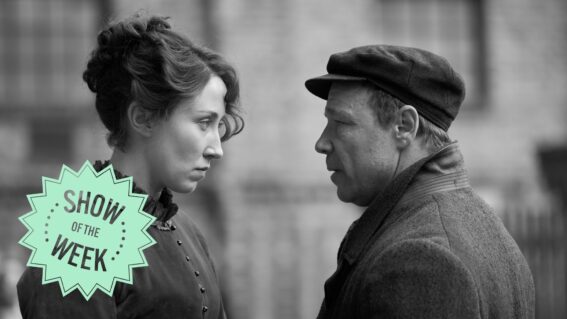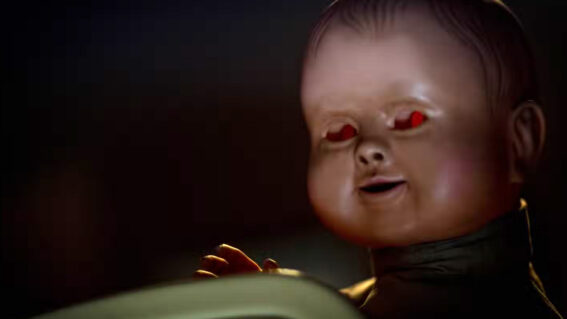Be inside the movie: what a remade 30-year-old game says about the future of acting
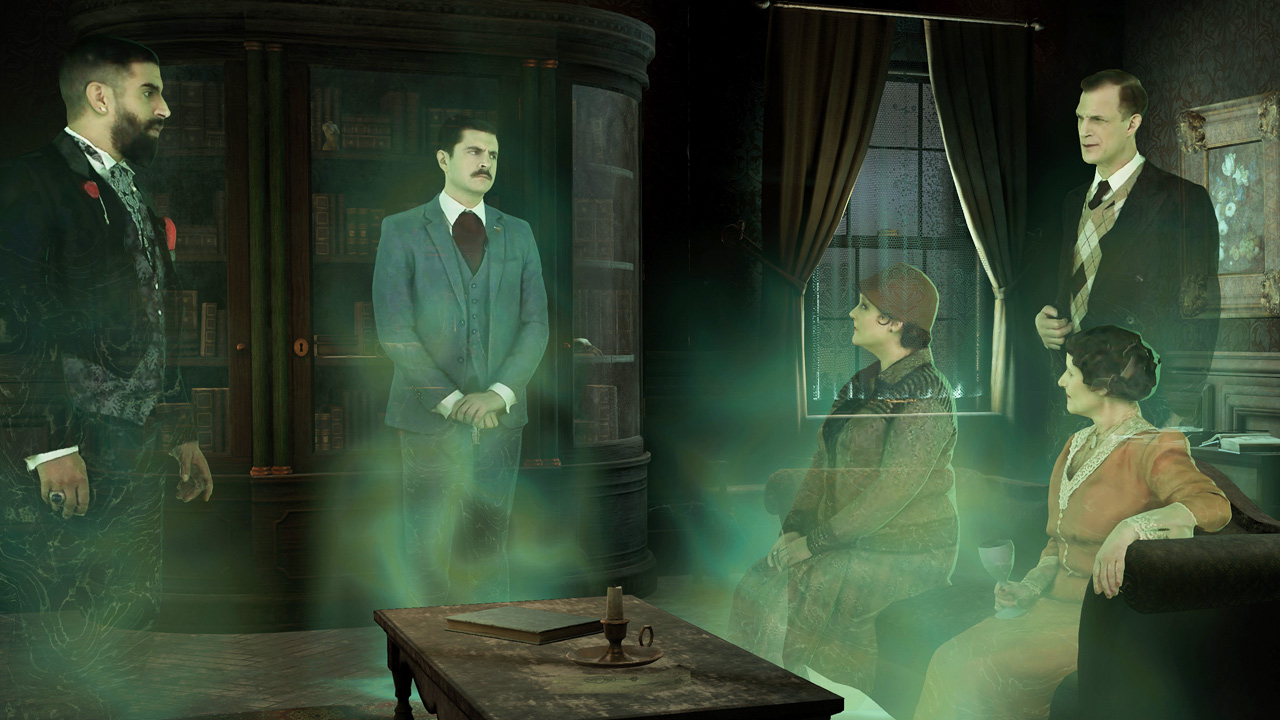
The 7th Guest VR revamps a beloved 90s game with “volumetric video” performances, allowing Luke Buckmaster to trip through time and space in a creaky old mansion. The tech’s impact on gaming—and acting—could be huge.
What can a remake of a 30-year-old video game tell us about the future of motion picture performances? Quite a lot, actually. “Volumetric video” isn’t exactly a sexy term but hot damn it’s a great effect, on fine display in The 7th Guest VR. This new virtual reality experience is based on the hugely influential The 7th Guest, which, originally released in 1993, was one of the first video games available only on CD-ROM—a format it helped turn mainstream. Featuring live action performances integrated with virtual environments, it immersed players in a compellingly different haunted house narrative, heralded by Bill Gates as “the new standard in interactive entertainment.”
Like the original, the (substantially reworked) new version takes place almost entirely in a single setting: a creaky old mansion, like something from a James Whale or Hammer Films production. It was once owned by Henry Stauf (Carl Wharton), a highly successful toy manufacturer with a terrible secret. The player begins in a canoe and paddles their way to land, en route to the house picking up a lantern with a nifty feature: shine it at anything and it’ll show you what it once looked like, when the property was in its heyday. This allows the developers to integrate the equivalent of flashbacks without cutting away, injecting different temporal tiers into the same space.
Shortly after arriving at Stauf’s abode, the cast burst upon the scene, entering the house as semi-transparent ghost-like creations, beaming in from an increasingly violent night long ago. We are introduced to six adult characters who haven’t met Stauf but have heard rumours about him: married couple Edward (Gregory Shapiro) and Elinor Knox (Marnie Baumer), businessman Brian Dutton (Alex Baggett), Broadway star Martine Burden (Daniella Down), magician Hamilton Temple (Robert Paul Taylor) and a miserable alcoholic, Julia Heine (Claire King). There’s also one very rattled looking child, Tad (Walter Sheean), taunted by a ghostly voice as soon as he enters (“Tad, Taaaddd, Taaaaaaaddddddd!”).
This early scene is a striking moment—not because of the writing and performances, which indulge a deliberately campy tone, but because it’s the first time we encounter The 7th Guest VR’s volumetric video elements. In a nutshell, this means the cast appear as fully spatialised and dimensional entities you can literally walk around (or through). The actors no longer belong to a two-dimensional field of representation, flattened by what Peter Greenaway once memorably described as “the tyranny of the frame.” They’re in front of, next to, or around us, depending on where we position ourselves.
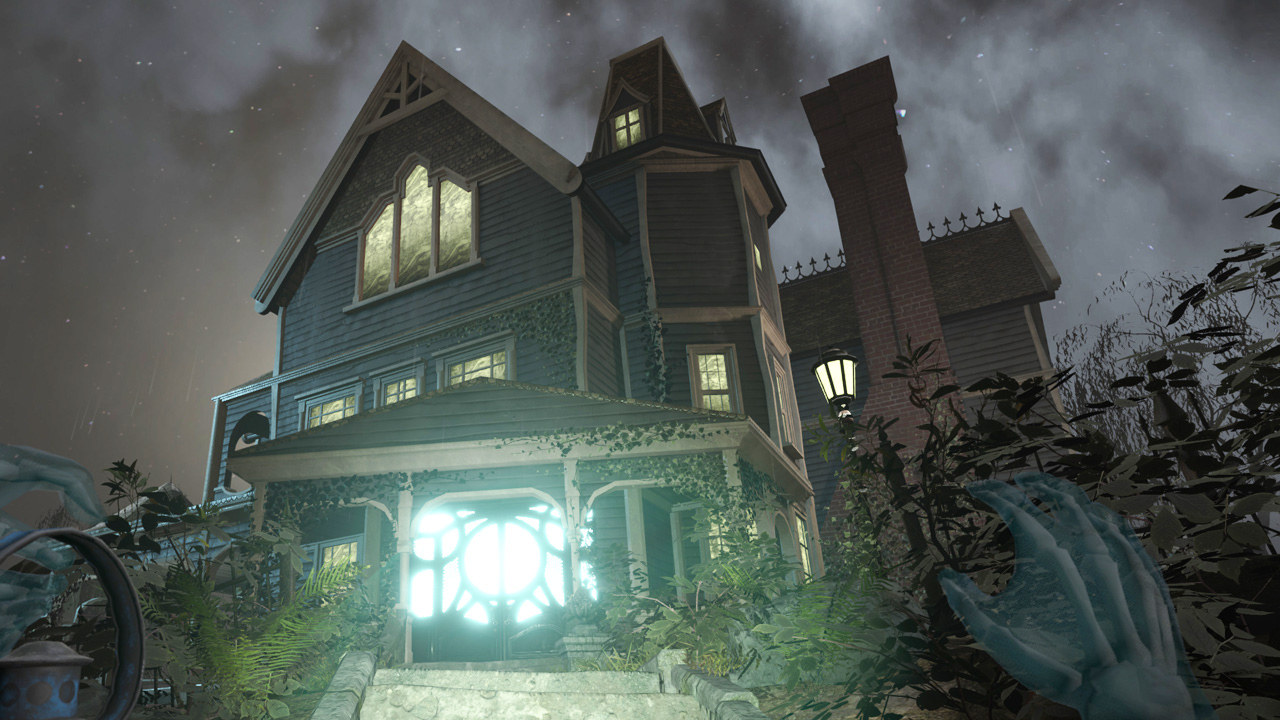
The performances are prerecorded, meaning they’re the same every time—but the way we view them changes, bringing a kind of spontaneity unachievable in film and television. During the present, intensely experimental era of technological innovation, from rapid developments in AI to machine learning, robotics and virtual and augmented realities, nobody can say precisely what will stick around going forward, or what form these things will take. But you can bet your bottom dollar that volumetric video is here to stay.
Seeing actors right in front of you, ushered into shimmering virtual existence, appearing like magical apparitions, is too striking an effect—with too much potential—to be relegated to the dustbins of history. The 7th Guest VR’s volumetric video sequences reminded me of a Disney promo video for Apple’s upcoming headset Vision Pro, during which a football player exits the screen and enters the lounge room of the viewer. Not long ago a virtual person, entering your own space, would’ve felt like a sci-fi pipe dream. Ditto for the opposite: when we exit our own plane of existence and arrive at their’s.
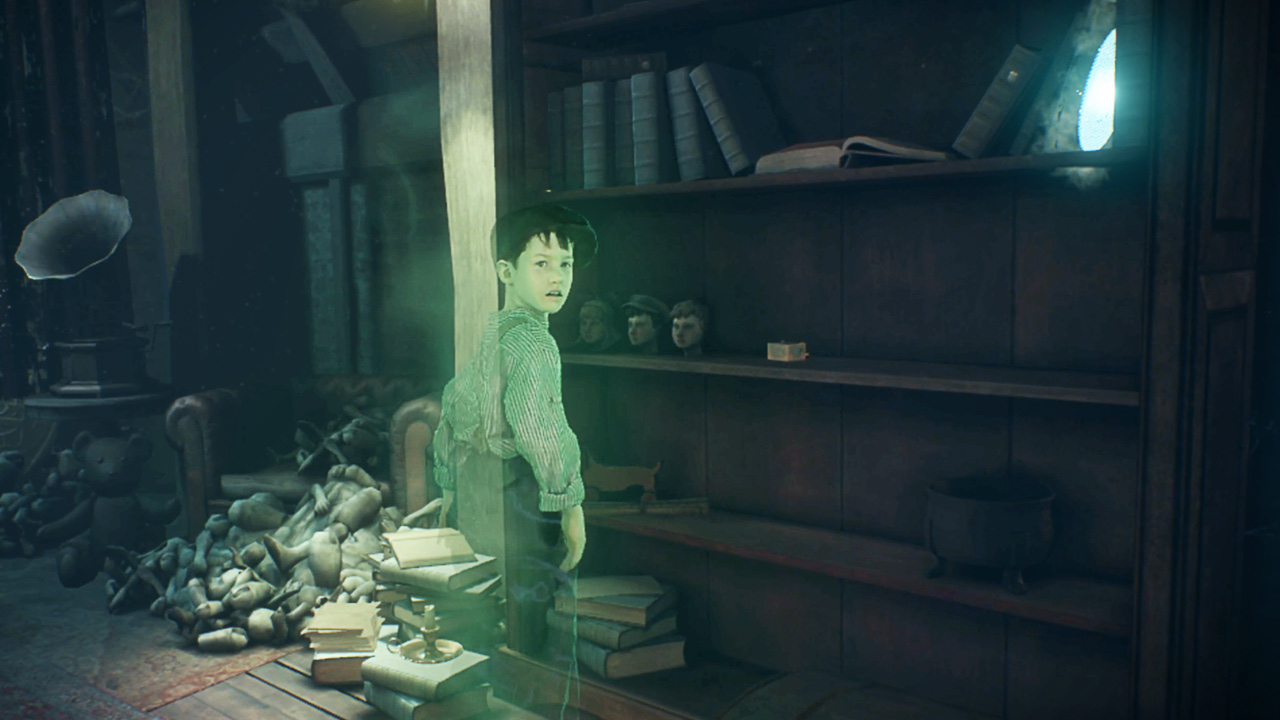
There’s a scene, well into the The 7th Guest, depicting a violent altercation between two characters, one hissing at the other “I’d rather be an old hag than a dead whore.” This confrontation takes place on a staircase, which is where the viewer will be too (unless they chose to move away). To be present in the heat of the moment, sharing the same dramatic space as the performers, their intense interplay happening around you, is a real kick. Scenes fleshing out the characters and their fateful evening at the house are sprinkled across the game’s five-ish hour runtime, appearing after the player completes a series of puzzles in each of the rooms.
The 7th Guest is far from the first VR production to use volumetric video. For instance in the immersive documentary On the Morning You Wake (to the End of the World) human actors also appear in volumetric form, however visions of them are brief, fleeting and blurry: more like drizzles, or splashes of visuality, than actual sequences. And in the short form 2018 experience Vestige, participants can explore environments depicting recreated memories of the subject, Lisa, and her late partner Erik. It’s dreamlike and surreal, and, again more a collection of visions than dramatic scenes per se.
The 7th Guest presents a bolder use of the technology, complimenting the achievements of its predecessor. The original helped usher in a new format…could the remake help push volumetric video? Time will tell. This won’t be the “killer app” the original was for CD-ROMs. But if its impact is small, the technology itself is big.

